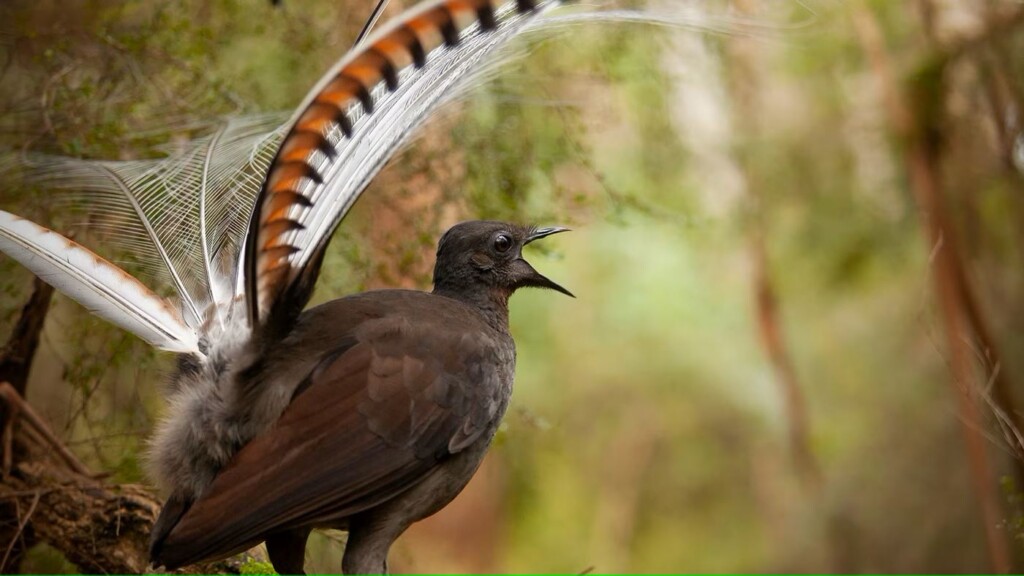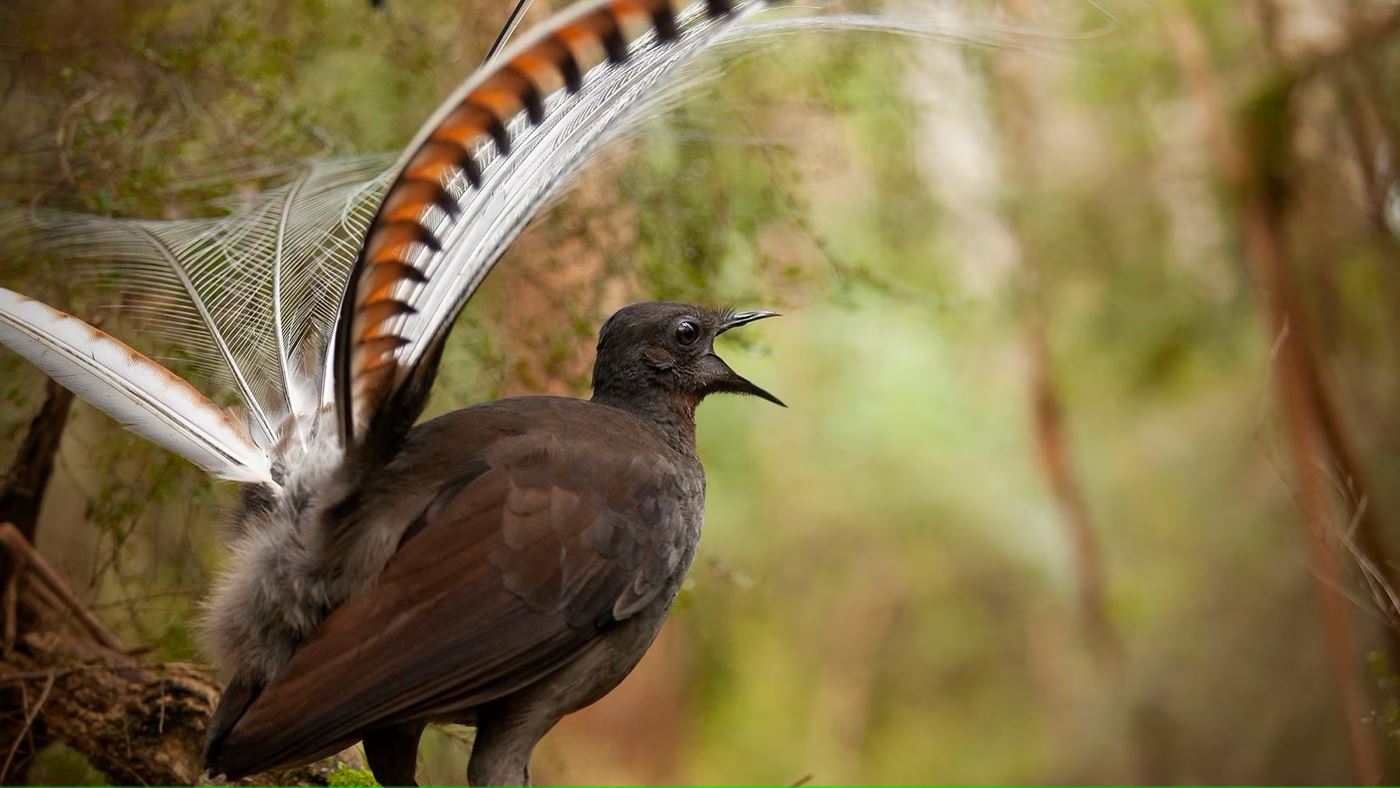
ABC News Australia recently embedded with a team of ornithologists studying the jaw-dropping vocal ability of lyrebirds in their natural habitat.
Deep in the primordial forests of Victoria State’s Dandenong Ranges National Park where there are still ferns as tall as trees, the superb lyrebird Menura (novaehollandiae) can be seen performing elaborate courtship displays with its trademark tail plume flanked by two S-shaped feathers resembling the instrument that lends the bird its name.
It can also be found in Kinglake National Park, and other areas in Victoria, New South Wales, Tasmania, and Queensland that aren’t protected.
These animals are more than just splendid singers, but talented teachers, and their courtship displays are like professional repertoire reviews from which the next generation of juvenile suitors learn how to sing.
The extraordinary bird also varies its calls from forest to forest, which lyrebird experts refer to as a form of dialectics similar to the branches of a language.
“They do all these bizarre sounds and often we think they’re human-origin sounds,” Dr. Alex Maisey a lyrebird expert tells ABC. “But a lot of the time they’re not—they’re just the lyrebirds’ own really weird songs.”
It’s not a bad guess, because along with being incredible composers, they are also expert mimics and can repeat a dozen different bird calls and other noises from their environment in just a 10-second span.
MORE STORIES LIKE THIS: Wildlife Sound Recordist Releases Treasured Audio Collection for Free – to Awe and Inspire the World
Finding the brown birds can be difficult, but experts like Dr. Maisey say that the key is learning the other songs of the forest birds and listening to see if any are coming from the forest floor—a clear sign of the lyrebird’s mimicry.
Scientists like Maisey are concerned that habitat loss could lead to fewer maestro lyrebirds and a subsequent loss in this vocal diversity. Up until essentially recent times, soundscapes were not often considered when planning conservation objectives.
OTHER SONGBIRD STORIES: Visit This Nightingale Thicket and You’ll Hear a Musician Singing with Them – WATCH the Duets
However, more research into sonically-dependent animals has advanced the notion that it isn’t just the visual or material state of nature that has to be preserved if we want to pass on what wilds remain to the next generation, but also the sonic state of nature.
To that end, the lyrebird is the best kind of ambassador—a real Pavarotti—that the conservation community can rally around.
WATCH the lyrebird courtship display and calling below from Dr. Maisey…
SHARE This Incredible Feathered Frontman With Your Friends…




















